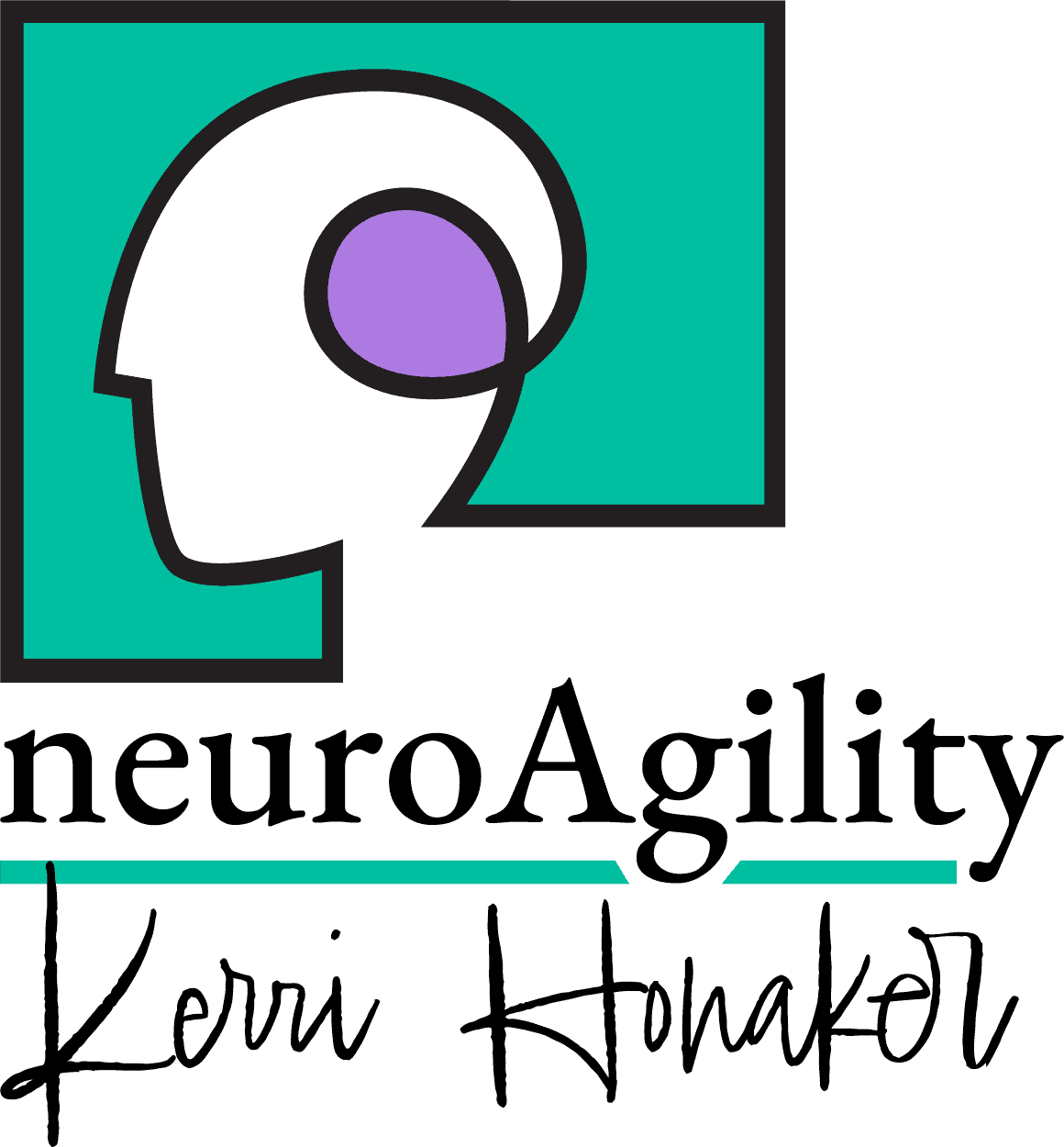
About Seizure Disorders
A seizure occurs when the brain’s electrical signaling discharges abnormally and excessively. The best known type of seizure is the generalized or tonic-clonic seizure which involves whole body convulsions and temporary loss of consciousness. Other seizures are more limited in scope and may cause brief disturbances of movement, consciousness, emotion, sensation or temporary inability to speak. These are known as partial or partial complex seizures.
The symptoms of a seizure correlate directly with the area of the brain that is affected; a “partial seizure” usually affects only one side of the brain, while a “generalized seizure” involves both sides of the brain. Seizures may be caused or exacerbated by many medical conditions including congenital brain disorders, metabolic imbalances, and traumatic brain injury.
A new onset or first seizure of any magnitude warrants immediate medical attention. If an individual experiences repeated seizures over time, s/he may be diagnosed with epilepsy. Treatments for seizure disorders include pharmaceutical medication, dietary modification, lifestyle adjustment, and neurotherapy. All persons with repeated seizures or epilepsy should be under the care of a physician with special competency in this area, usually a neurologist.

“It is particularly noteworthy that these results have been achieved in an extremely difficult subgroup of epilepsy patients, those with poorly controlled seizures who had proven unresponsive to pharmacological treatment.”
– Sterman Egner
Treatment
The first study of neurotherapy in epilepsy was reported in 1972 by Sterman & Friar (1). Since then, a number of clinical studies from different laboratories have reported data on the efficacy of neurofeedback training in epileptic patients. In their review of this literature, Sterman and Egner (2) remark that “It is particularly noteworthy that these results have been achieved in an extremely difficult subgroup of epilepsy patients, those with poorly controlled seizures who had proven unresponsive to pharmacological treatment.”

Neurotherapy is an effective, safe, and noninvasive way to improve inefficiencies and resolve imbalances in brain electrical activity. As such it may be useful in improving quality of life and functioning in epilepsy patients who have not achieved satisfactory seizure control at well tolerated levels of anticonvulsant medication.
neuroAgility offers a state of the art program beginning with qEEG brain mapping to identify dysfunctional brain electrical patterns. Neurotherapy may then be employed to re-balance and optimize these patterns. Patients may note important improvement in quality of life and cognitive functioning (3). At neuroAgility, our expectation and requirement is that all clients with epilepsy or other seizure disorders be under the care of their own neurologist or other physician with expertise in epilepsy.
1 – Sterman, M.B., Friar, L. (1972). Suppression of seizures in an epileptic following sensorimotor EEG feedback training. Electroencephalogr. Clin. Neurophysiol. 33, 89-95.
2 – M. Barry Sterman and Tobias Egner. Foundation and Practice of Neurofeedback for the Treatment of Epilepsy. Applied Psychophysiology and Biofeedback, Volume 31, Number 1, 21-35, DOI: 10.1007/s10484-006-9002-x
3 – Strehl,Leins,Goth, Klinger, Hinterberger,Birbaumer, Self-regulation of Slow Cortical Potentials: A New Treatment for Children With Attention-Deficit/Hyperactivity Disorder Pediatrics Vol. 118 No. 5 November 1, 2006 pp. e1530 -e1540
